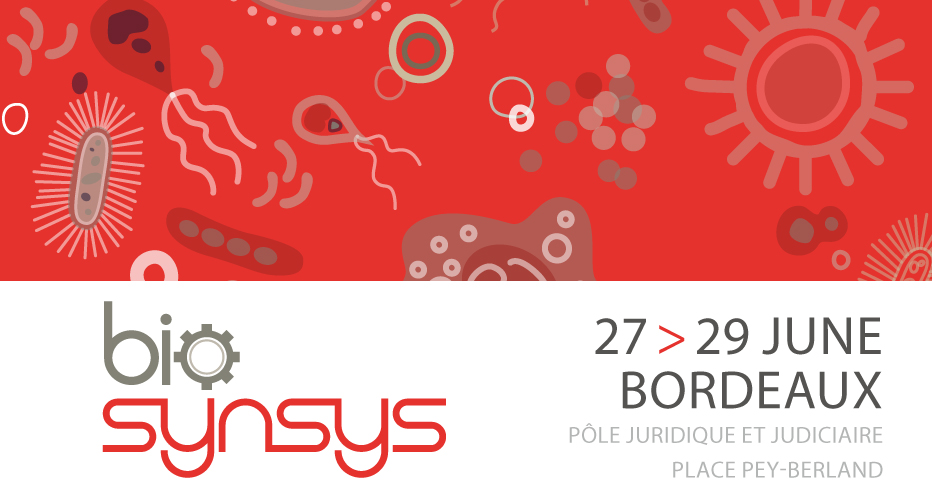Arnaud Bonnaffoux-Toward a dynamic multi-scale/level approach for Gene Regulatory Network inference
A.Bonnaffoux*#, U.Herbach*, A.Richard*, E.Vallin*, PA.Gros#, C.La Rota#, S.Prokopiou#, O.Gandrillon*
* Laboratoire de Biologie et Modélisation de la Cellule, UMR5239 CNRS/ENS Lyon/UCBL/HCL Lyon 69007
# The Cosmo Company, Lyon 69007
Gene regulatory networks (GRN) play an important role in many biological processes, such as differentiation, and their identification has raised great expectations for understanding cell behavior. Many computational GRN inference approaches have been described, which are based on expression data but they face common issues such as data scarcity, high dimensionality or population blurring (Chai et al., 2014). We believe that recent high-throughput single cell expression data (see e.g. Pina et al., 2012 ; Shalek et al., 2014) acquired in time-series will allow to overcome these issues and give access to causality, instead of « simple » correlation, for gene interactions. Causality is very important for mechanistic model inference and biological relevance because it enables the emergence of cellular decision-making. Emergent properties of a mechanistic model of a GRN should then match with multi-scale (molecular/cellular) and multi-level (single cell/population) observations.
We will expose a GRN inference framework based on these assumptions. It follows three steps:
Node parametric inference. We have inferred the parameters from a stochastic mechanistic model of gene expression, the Random Telegraph model (Kim and Marioni, 2013), thank's to time-series single cell expression data from a population of chicken erythrocyte progenitor during their differentiation process (Gandrillon et al., 1999)
Model reduction. This is mostly an ongoing work, and will make use of specific constraints applying to the network.
The final step will consist in network inference constrained by dynamic multi-scale/level observations.

 PDF version
PDF version
